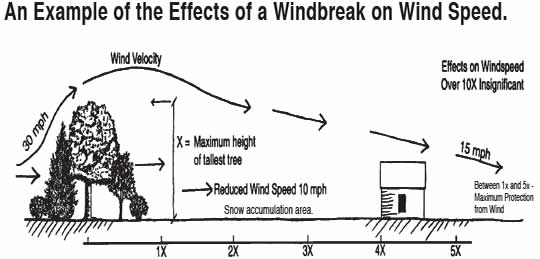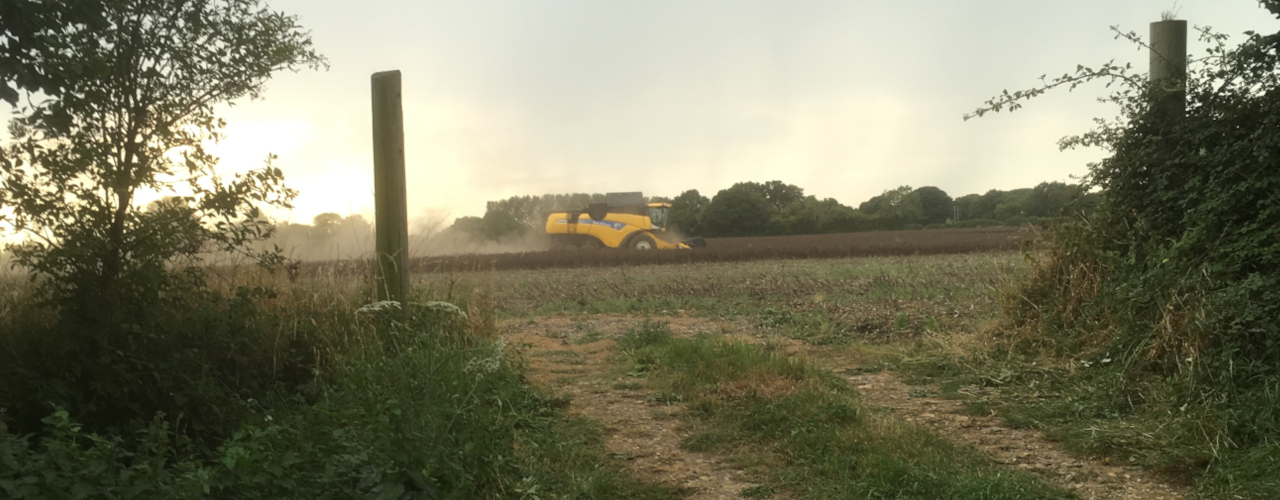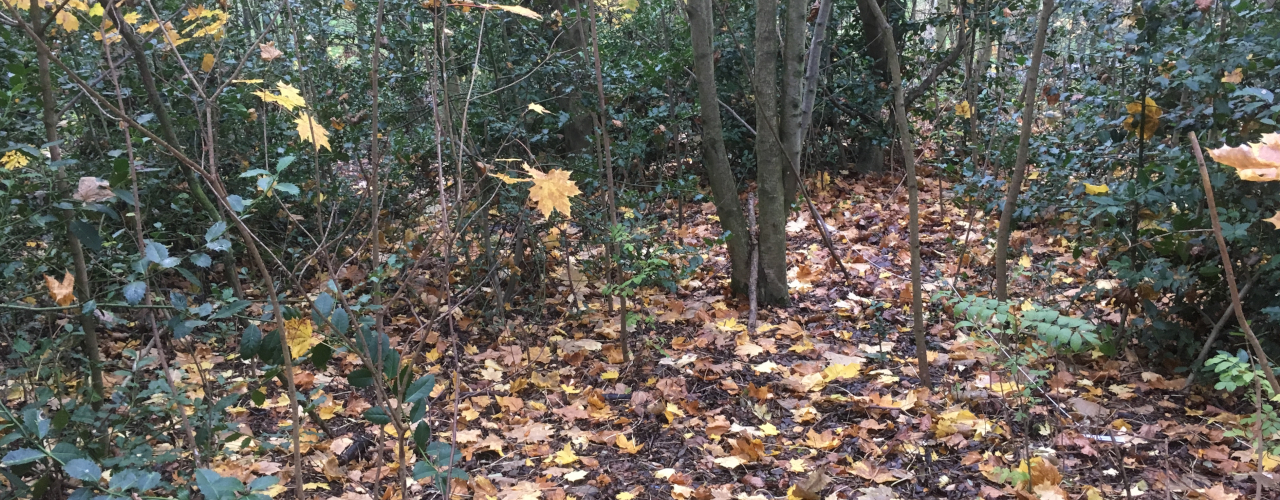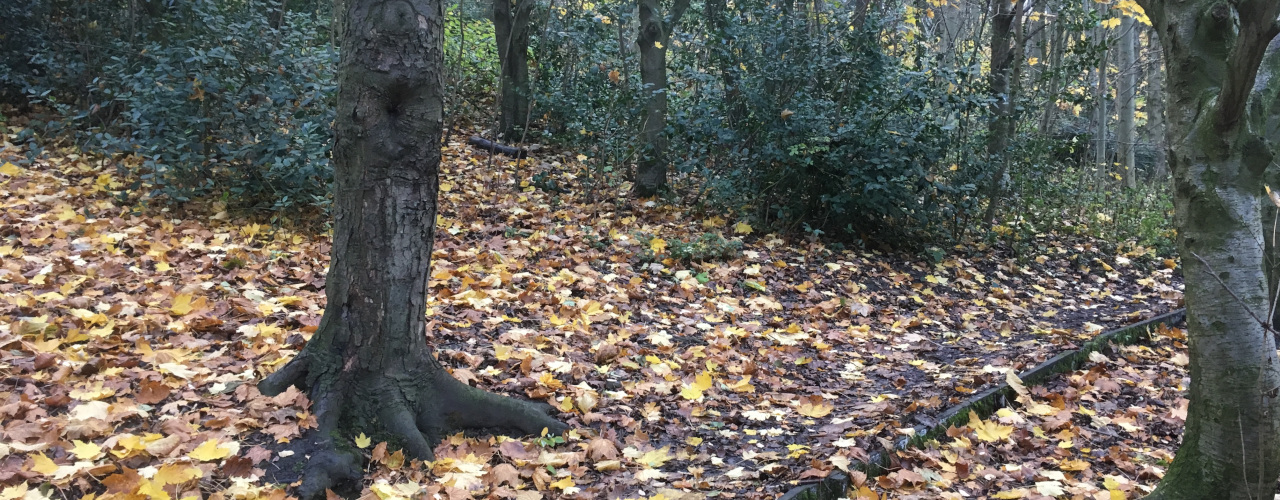Mixed Native Hedges (Part 2) - Value to People
Hedges can be used in many situations as a cheap, flexible and robust solution - providing a multitude of benefits to humans, in and not limited to the agricultural landscape, orchards, developments, open spaces and play areas.
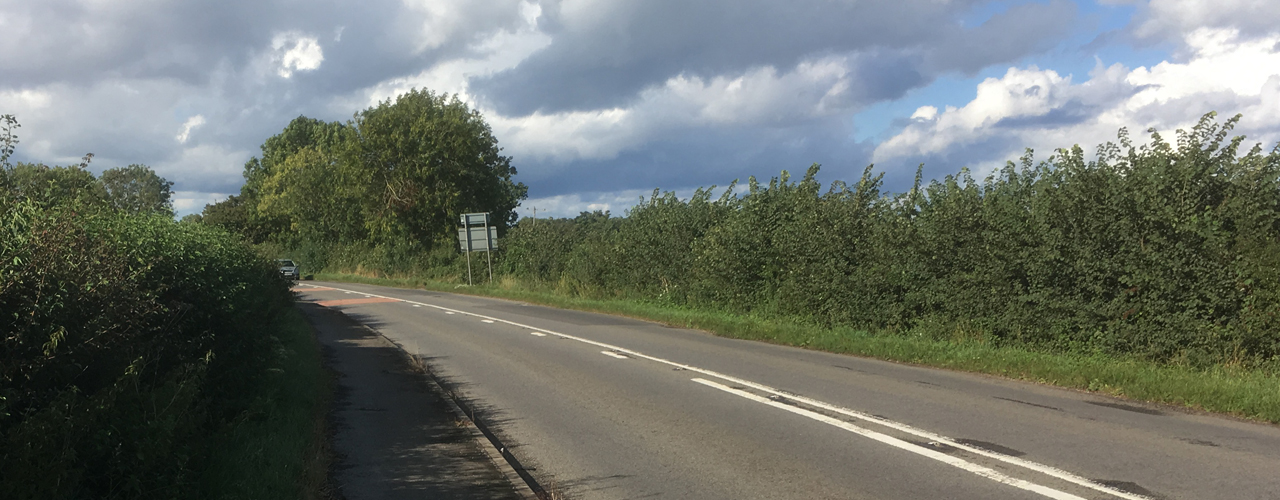
Potential benefits they bring to people includes:
- The ability to screen eyesores such as built form with an attractive green barrier. As they’re quite resilient and typically welcoming of trimming, hedges can be maintained at a variety of heights tailored to the height of what is being screened or masked - also a cheap alternative to walls
- Can mark the extents of ownerships which is especially common within the UK countryside
- Can be used to deter access – thorny/spiny species such as Crataegus monogyna (hawthorn) and Ilex aquifolium (holly) can be introduced into a mix to prevent access in places where people should be kept away. A thorny hedge can be used with, or as an alternative to a fence, and often forms a more robust and long-lasting solution to restricting access.
- Can be a productive source of food and woodfuel
Edible hedges
Hedges aren’t just limited to feeding wildlife – they can feed people too. Whilst the typical fruiting species within a common hedge can be toxic to humans (eg. Viburnum sp. and Ilex aquifolium) – with the right species selected within the hedge mix, a hedge can be a productive source of fruits for humans too.
Some viable hedges species with the fruit they produce are listed below. Bear in mind the picking time (shown in brackets) can vary depending on the local climate, as well as the plant variety.
Possible edible hedge species:
- Corylus avellana – hazel nuts (autumn)
- Ribes nigrum - black currents (summer)
- Ribes rubrum - red currents (summer-early autumn)
- Ribes uva-crispa – gooseberries (summer)
- Rubus fruticosus – blackberries (summer-early autumn)
- Rubus idaeus – raspberries (summer-autumn)
- Sambucus nigra – elderberries and elderflower (summer)
- Malus sp. – apples (varies from late summer-late august)
- Pyrus sp. - pears (varies from late summer-late august)
Note: Some of these species are quite vigorous and thorny, so consider selecting less vigorous or thornless cultivars where appropriate.
Woodfuel
Hedges can also be a source for harvesting woodfuel and woodchippings, however as this is a lot more invasive than routine hedge maintenance, it is advised to do this on a rotational coppice cycle, with only a small proportion (<5%) of the hedge coppiced each year (Agricology, 2014) to minimise harm to wildlife.
Use as Windbreaks
Reducing wind speeds in certain situations, for example adjacent to outdoor eating spaces, agricultural crops and orchards can be beneficial for humans. These reductions in windspeeds can create nicer spaces for people to eat in, whilst improving crop yields in the context of agricultural crops and orchard trees. This is yet another problem hedges can help solve – as they can be planted to form a permeable barrier to slow windspeeds in these locations.
When planting a hedge for use as a windbreak, make sure to consider that the prevailing wind is from the south/ south west in the UK, and as such, a hedge perpendicular to this vector would generally be the most beneficial to reduce windspeeds. However, whilst this is a good general rule - wind direction can vary depending on the topography of the landscape and the presence of other large elements (such as buildings), so make sure to consider those elements too as a hedge with an alternate aspect could be more efficient.
Hedges are ideal for wind reductions as an impermeable barrier is not always desired, for example in the context of an orchard, protecting the flowers and pollinators from high windspeeds is important, however some degree of wind is still beneficial for pollination. Also, impermeable barriers can increase windspeeds at the ends of the barriers which can be undesirable.
As most of the wind reduction occurs within 10x the height of the hedge (E.S. Takle, 2005). Hedge design and species selection can be tailored to achieve a certain level of wind reductions.
